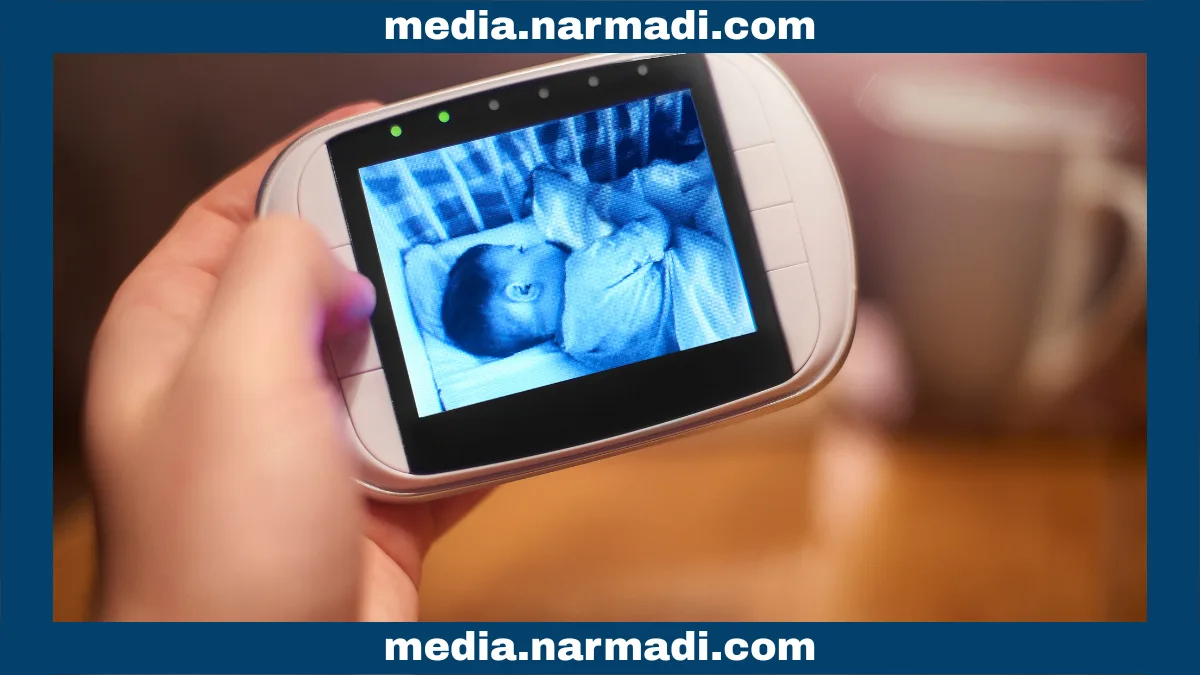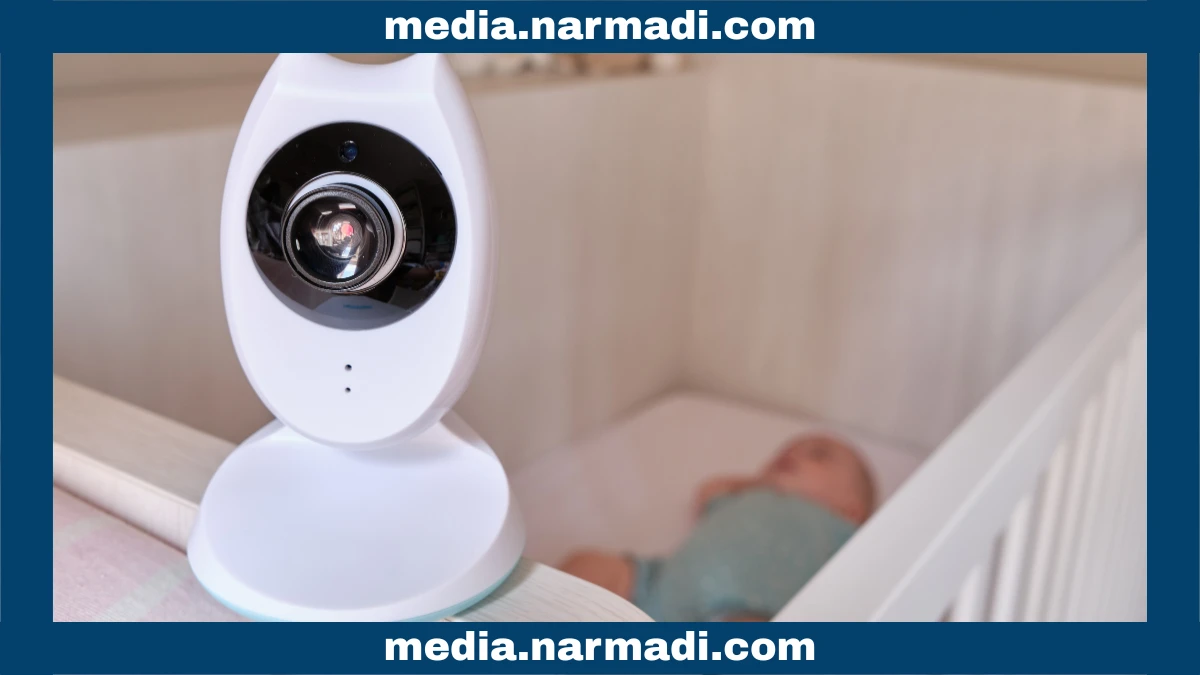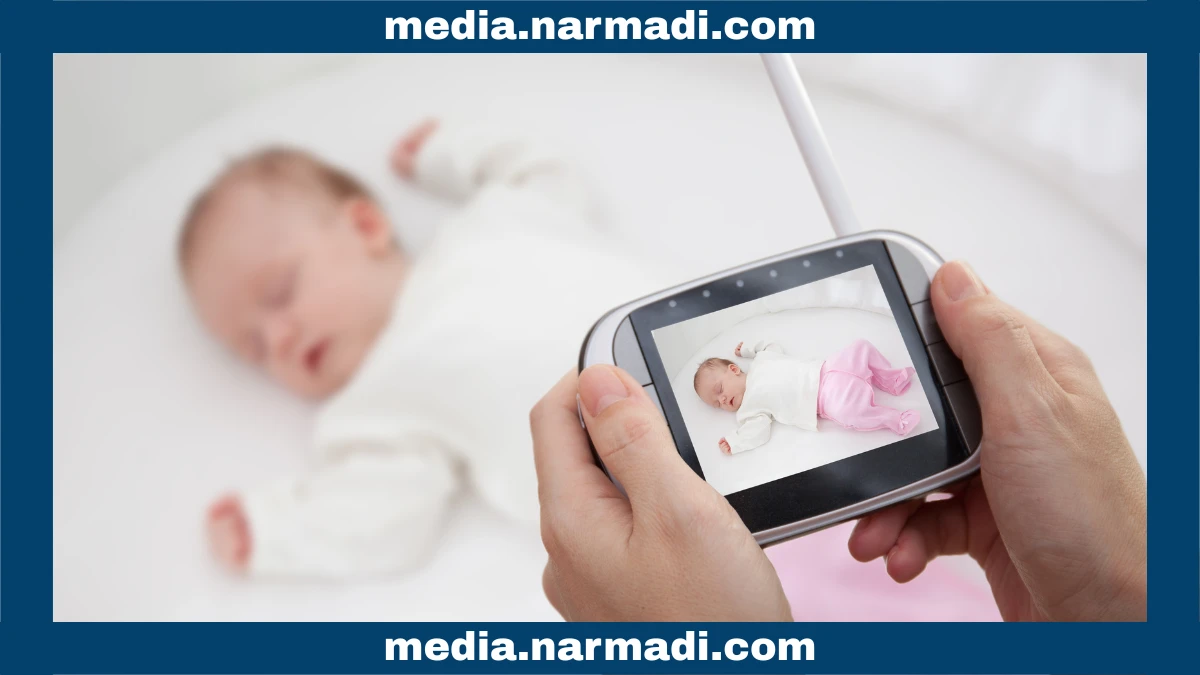Caring for a baby is not an easy job. Due to limitations, parents cannot always be by their baby's side. This is where baby monitor technology comes in, allowing parents to feel more at ease because they can monitor their baby from anywhere.
Baby monitors were originally used to transmit sound, providing information to parents who were not in the baby's room. However, these devices have evolved to also detect movement. Some are even equipped with WiFi connectivity, allowing them to be controlled via a smartphone app.
This article will provide more detailed information about baby monitors, including their definition, how they work, the different types available, and the regulations governing their use.
What is a Baby Monitor?

A baby monitor is an electronic device used to monitor babies from a distance. This device has two parts, namely a transmitter and a receiver unit. The transmitter is usually in the form of a camera and microphone placed near the baby.
Meanwhile, the receiver used by parents to receive sound and images is usually a special monitor or smartphone application. This monitoring device helps busy parents who are doing housework while their baby is sleeping in a separate room. Parents can feel more at ease and secure leaving their baby in the room because they can still monitor them.
How Does It Work?

Simply put, baby monitors work by transmitting signals from a transmitter unit placed near the baby and a receiver unit held by the parents. These devices use radio waves, while modern models usually use a WiFi connection.
The transmitter unit, equipped with a camera and microphone, captures sound and images and sends them to the receiver unit. For modern types, the receiver is usually a smartphone app, making it more practical and flexible.
Types of Baby Monitors

In general, baby monitors are divided into three types, namely audio monitors, video monitors, and smart monitors. All three have their own functions, advantages, and disadvantages. Here is a more detailed explanation of each type.
Audio monitor
Audio monitors are the first type of baby monitor that only provide sound. Parents can only hear the baby's voice captured by the transmitter. With this device, parents need to guess the meaning of their baby's cries.
This device is the most affordable option. However, it has the disadvantage of not being able to see the baby, so parents may still worry about what is happening to their baby when they cry.
Video monitor
A video monitor is a type of baby monitor that is equipped with a camera to visually monitor the baby. This device is more advanced because it can hear and see the baby directly, so there is no longer any need to guess the meaning of their cries.
Being able to monitor your baby by watching them on a monitor gives parents peace of mind. This type of monitor usually comes with a night vision feature for monitoring in the dark. However, this device is certainly more expensive than an audio monitor.
Smart monitor
A smart monitor is the most advanced type of baby monitor. Not only can it hear and see your baby, but this device usually comes with a motion sensor. This provides extra protection for newborns.
Not only that, but smart monitors are equipped with WiFi connectivity. This allows them to connect to the internet so they can be accessed via a smartphone, tablet, or computer app.
These devices offer advanced features such as sleep tracking, temperature detection, automatic recording, and two-way communication. However, they are certainly the most expensive compared to other types.
The Regulation of WiFi Technology

A baby monitor utilizes WiFi technology, which operates within a specific frequency spectrum. In every country, all WiFi-based wireless devices are required to have Radio Frequency (RF) Certification.
Baby monitor regulations require all radio frequency-based devices to meet certain technical standards before they can be sold in that country. This certification ensures that the product complies with government safety and quality regulations and does not interfere with other communication devices.
The certification process involves technical testing, including frequency adjustment, safety checks, and verification of compatibility with the surrounding environment. Once testing is complete, products that pass will be listed in a Test Report, confirming that they are safe and ready for sale. This report assures customers that the product meets technical standards and is secure.
For companies wishing to sell baby monitors, Product Compliance Specialists are available to assist with this process. This service includes preparing technical and legal documents, conducting the necessary testing, ensuring regulatory compliance, helping companies streamline the certification process, and providing consumers with confidence in certified products.